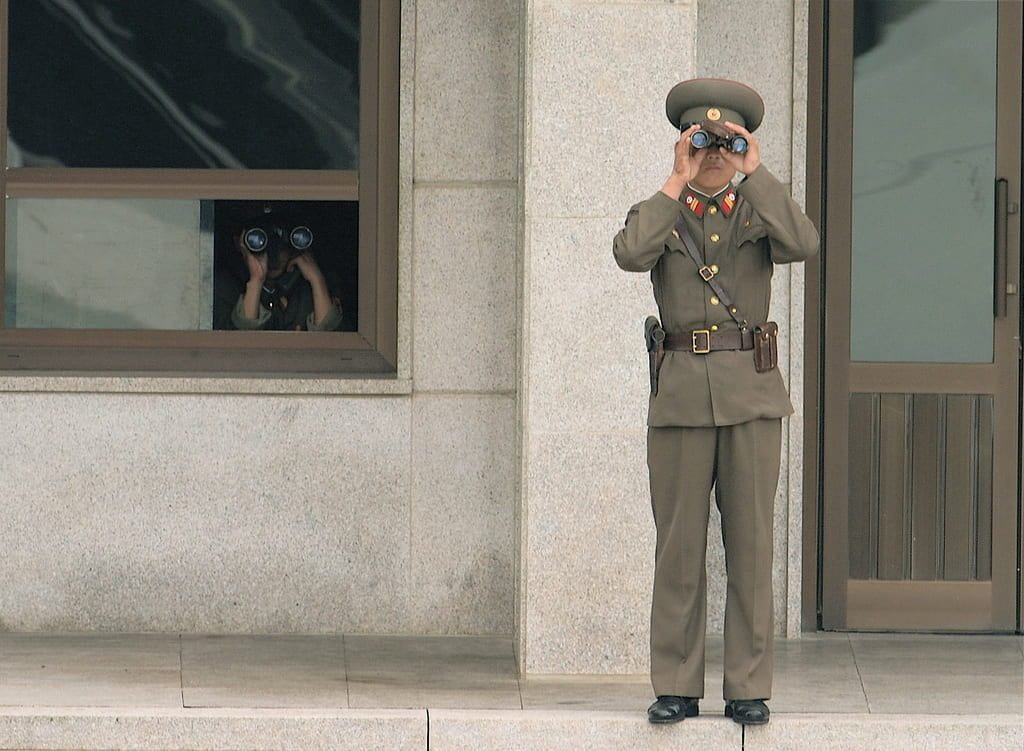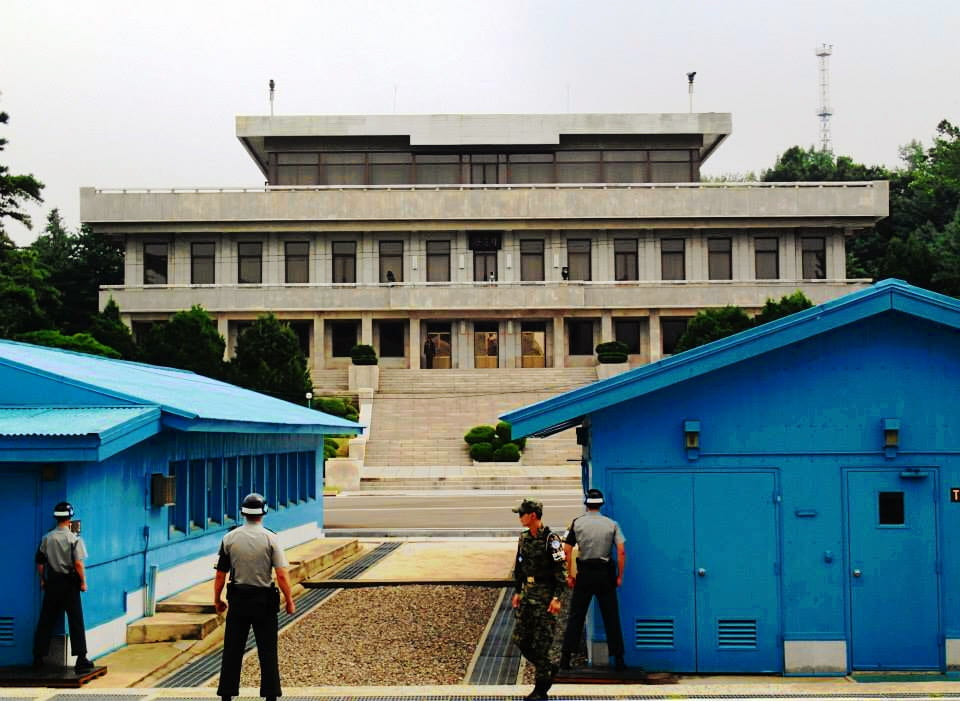by Pamela Zuber

On August 19, 2019, nine-year-old Emma Hernandez died in Detroit, Michigan. She died from injuries she sustained after three dogs mauled her.
Hernandez’s death comes after her family and others issued multiple complaints and filed police reports about the dogs roaming free in the neighborhood and their owner’s inability to contain them. Neighbors tried to stop the mauling by attacking the pit bulls, but the girl suffered a fractured cervical spine and several other injuries. Writing in the Detroit News, Sarah Rahal noted that “[t]he attack was so horrific that counseling services were offered to emergency responders.”
While the death of any nine-year-old is a tragedy, Emma Hernandez’s death is especially tragic because it was so violent and so avoidable. We should not allow dangerous and potentially domestic animals to travel freely. Taking the effort to contain such animals with secure fencing and other restraints protects people’s rights to safety and security.
Not possessing such animals in the first place also prevents such tragedies. Training animals to be vicious or adopting particularly vicious animals can create disasters like Hernandez’s death. People may argue that vicious animals are security measures to prevent crime, but actually, they’re like the guns that people buy for personal security. Violent animals and guns may produce more violence than prevent it. “Access to a gun triples the risk of suicide death,” according to Giffords Law Center to Prevent Gun Violence.
What about the rights of pet owners?
(For the purposes of this article, we refer to pet owners as people who adopt animals.) Authorities have charged Pierre Cleveland, the dogs’ owner, with second-degree murder, involuntary manslaughter, and owning dangerous animals that led to Hernandez’s death. People previously filed police about roaming dogs from his house. Detroit Animal Care and Control, part of the city’s health department, visited his house in March, 2018 after receiving reports that two dogs from the house were loose. It is unclear whether the department found the animals dangerous or if they were the same dogs involved in the fatal 2019 mauling.
Clearly, improprieties involving dogs occurred in southwest Detroit in 2018 and 2019. Detroit’s home state of Michigan has clear definitions and determinations about dangerous animals, conditions that determine dangerous animal ownership, guidelines for euthanizing dangerous animals, and penalties for people who possess dangerous animals that cause harm.
Owning a dangerous pet is similar to owning a dangerous weapon. Both may inflict a great deal of harm on innocent people. Guns are inanimate objects. While dangerous animals do have brains, they do not have the reasoning abilities that people have. Dogs cannot build enclosures or make laws to corral themselves physically. It is therefore incumbent on people to control creatures and weapons. According to the American Society for the Prevention of Cruelty to Animals (ASPCA):
In order for dogs to live harmoniously with people and with other companion animals, it is critical to hold guardians responsible for the proper supervision of their dogs and for any actions on their part that either create or encourage aggressive behavior.
Responsibly owning pets is a societal obligation. We have responsibilities to others and expect that others will behave in similar ways. While we are allowed to own pets (within limits), we have to do so responsibly to live with others safely and harmoniously.
What about the rights of others?
Emma Hernandez lived next door to vicious dogs. She probably faced their barking, snarling, and aggression frequently, if not daily, during her young life. They may have been the last things she ever saw. Can you imagine living and dying with such fear?
Living with anxiety, with the constant threat of danger, may be harmful to one’s mental health. It may drive some people to drink too much or use drugs to try to escape their fear and anxiety. It could cause other symptoms of anxiety, such as insomnia, stomach problems, uneasiness, and other unpleasant side effects. We don’t know what Emma Hernandez experienced and we can’t ask her.
Safety is a fundamental right. We have entire systems to provide different kinds of safety. We have police departments and legal systems to prevent crime or prosecute it if it occurs. We have health departments that work to prevent or minimizes illnesses or injuries. These entities failed Emma Hernandez and her family.
“Everyone has the right to live, to be free, and to feel safe” is Article 3 of the Universal Declaration of Human Rights of the United Nations. Did Emma feel free and safe? Or, did human negligence lead to an egregious attack on her human rights?
How do we prevent such tragedies?

What happened in August 2019 in Detroit was preventable. If workers from animal control visited the house to investigate the pit bulls involved in the attack, they should have taken steps to reign in the animals and actually practice the animal control that is part of the department’s name.
When authorities are called to homes with potentially violent animals, they should remove the animals until their owners make their homes safer by building or reinforcing fences, gates, or doors or taking other safety precautions. If owners cannot afford such modifications, maybe authorities could pay for the changes and garnish pet owners’ paychecks or other sources of income.
If people do not have the income to secure their animals or repay authorities for providing such safety measures, maybe they shouldn’t own animals at all. Pet ownership is a privilege, not a right.
We could compare adopting a pet to owning a car. Owning a car requires paying for fuel, maintenance, insurance, and other charges. People are required to invest money and be diligent to make sure that their cars run properly and don’t pose hazards to others. To receive driver’s licenses, they must learn how to operate them safely.
Similarly, maybe people need training about how to handle animals. After this training, they could receive licenses to adopt pets. If their pets cause harm, people could have their licenses revoked and face further penalties, such as not being able to adopt additional pets.
Maybe law enforcement agencies and other bodies should institute a two-strike rule as well. If authorities return animals to a home and the animals provoke additional formal complaints, the authorities should remove the animals from the owners. If this provision was in place, authorities could have removed the dogs who caused the 2019 fatal mauling.
Every day, we do things to try to protect our safety and the safety of others. We drive our cars at speed limits, we cannot cross the street at any time at any place, we can only smoke tobacco in designated areas. We are allowed to do things that are potentially dangerous, but within limits.
Owning a pet comes with similar parameters. We can own animals, but not dangerous ones. If we do something that jeopardizes our safety or the safety of others, we should face repercussions. While there are ongoing repercussions to the 2019 mauling, they are unfortunately too late to help Emma Hernandez. Maybe these measures and other proposals will help people in the future before similar tragedies strike.
About the author: Pamela Zuber is a writer and an editor who writes about human rights, health and wellness, gender, and business.



